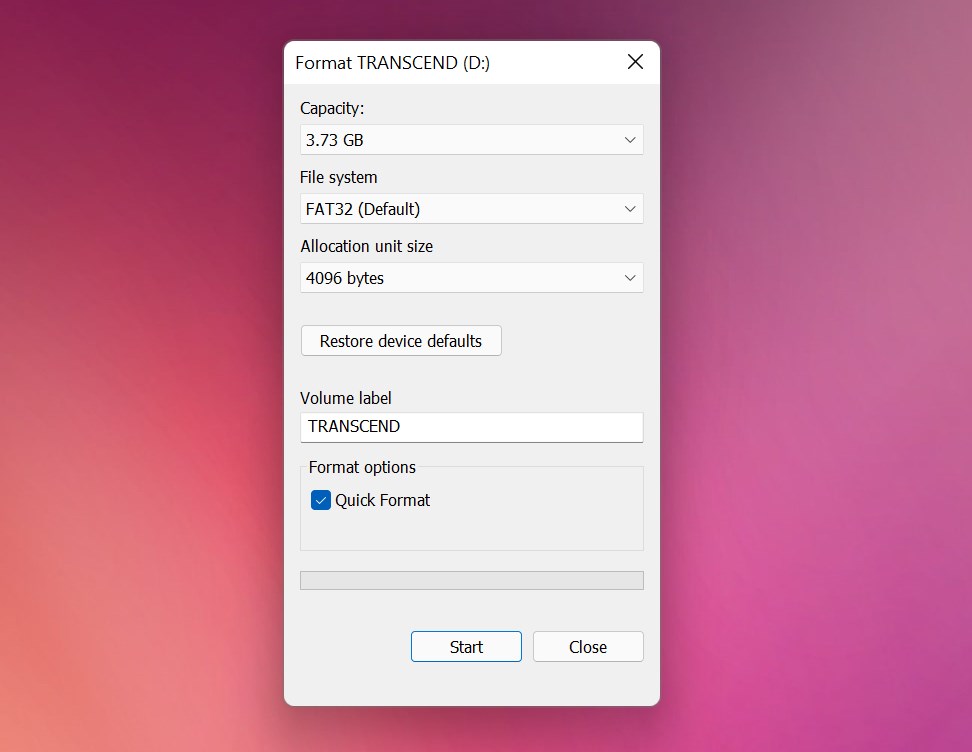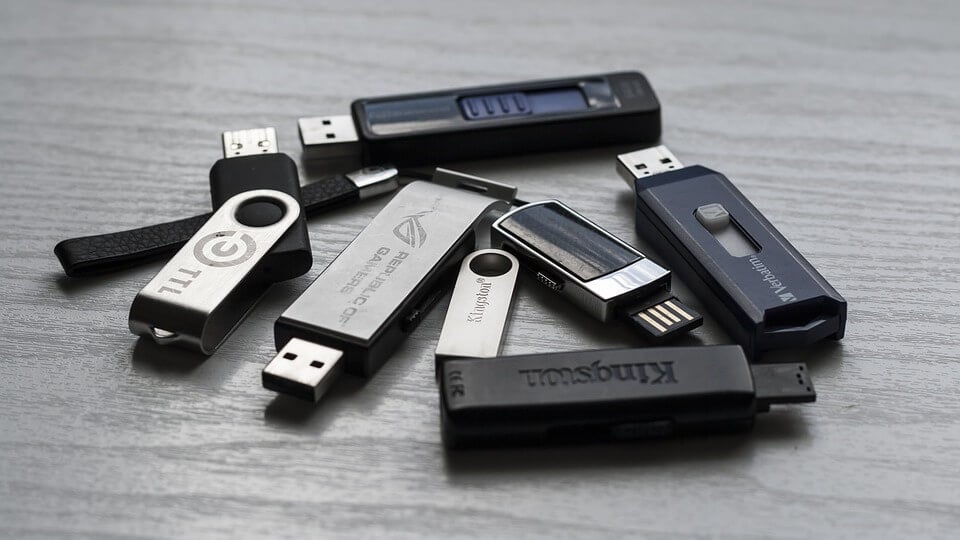

Here you will see the device’s capacity, File System, and Allocation unit size. Go to My Computer and right-click on your USB drive. Plug the USB drive into the USB port of your computer or laptop. You can easily format your USB drive with just the built-in features of your Windows computer. Formatting your USB drive using Windows tools Change this to whatever drive letter you’re trying to work with. NOTE: In this command, we’re formatting drive G. Launch Command Prompt by typing in cmd in the Run tool or typing Command Prompt in the search bar.

Using Command Prompt, make sure to type in the exact commands to avoid unexpected errors. Format USB flash drive to NTFS using Command Prompt Set to NTFS file system, tick Quick Format and tap on Ok. Choose Disk Management and locate and right-tap on your USB flash drive and then choose Format. Find My Computer/This PC in the Start menu or by typing it in the search bar. Here’s a step-by-step guide to format USB flash drive to NTFS using disk management. Format USB Flash drive to NTFS using Disk Management
Default usb drive format how to#
Here are 4 proven methods on how to format USB flash drive to NTFS in Windows 10. How to Format USB Flash Drive to NTFS on Windows 10? This means that if ever your PC unexpectedly shuts down or you experience a system crash, you can recover files that were lost during the event.
Default usb drive format driver#
NTFS also has a Change Journal where the driver keeps track of the changes made within the drive. Because it’s a relatively new file type, it has increased security from its new features like file permissions and encryptions. It’s a new improvement from previous file types like File Allocation Table (FAT) or Extended File Allocation Table (exFAT) previously used by Microsoft Windows. It’s a way of organizing files within a flash drive. It stands for the NT File system and is also called the New Technology File System. You can copy or add files of any size and the partition sizes usually have a large capacity. Meanwhile, NTFS doesn’t have this limitation. This may be a hassle for some users who want to transport large files like movies, program installers, etc. With a USB drive that uses the FAT32 file type, you can only copy or add files less than 4GB. But for most users, they always find the need to convert or format their USB drive to NTFS. Some people are fine with keeping this format. The default format used by most USB flash drives and other external storage media is FAT32. Why Do You Need to Format a USB Drive to NTFS?


 0 kommentar(er)
0 kommentar(er)
